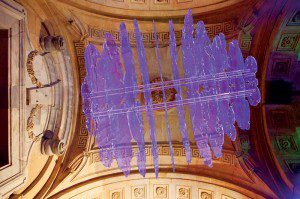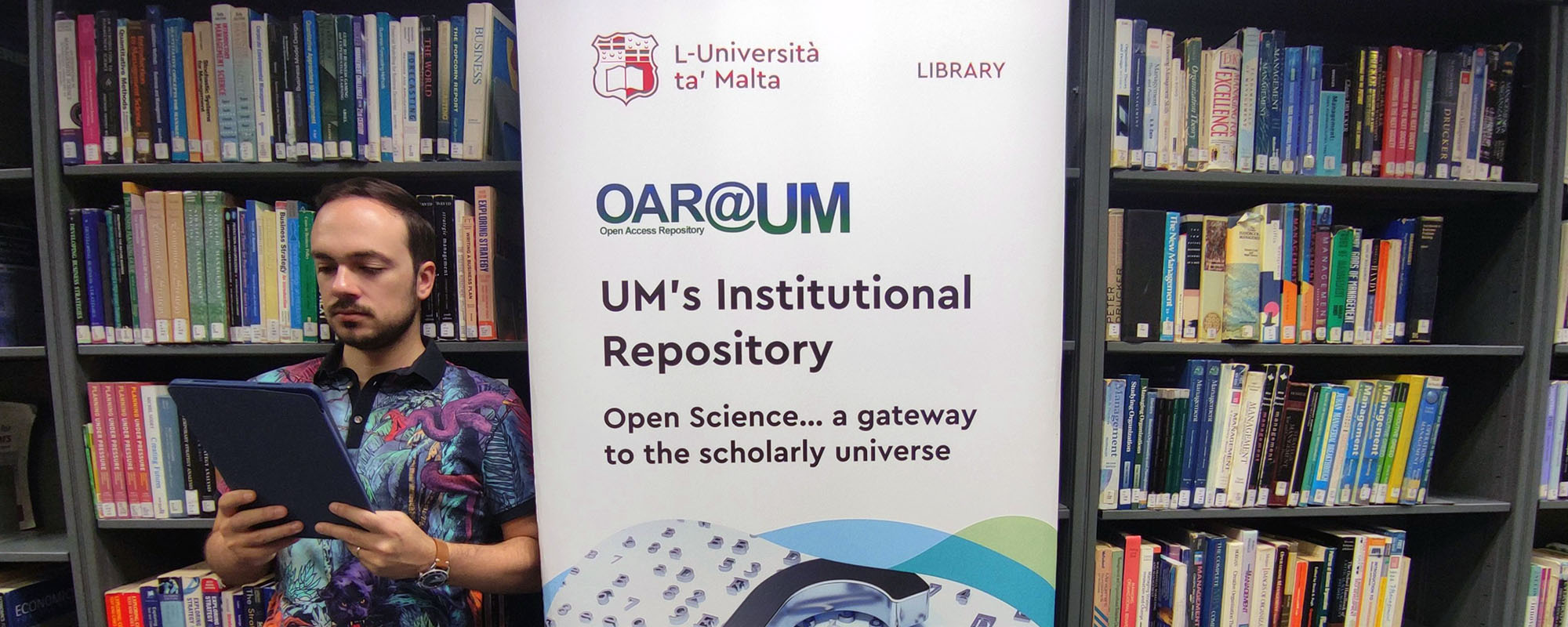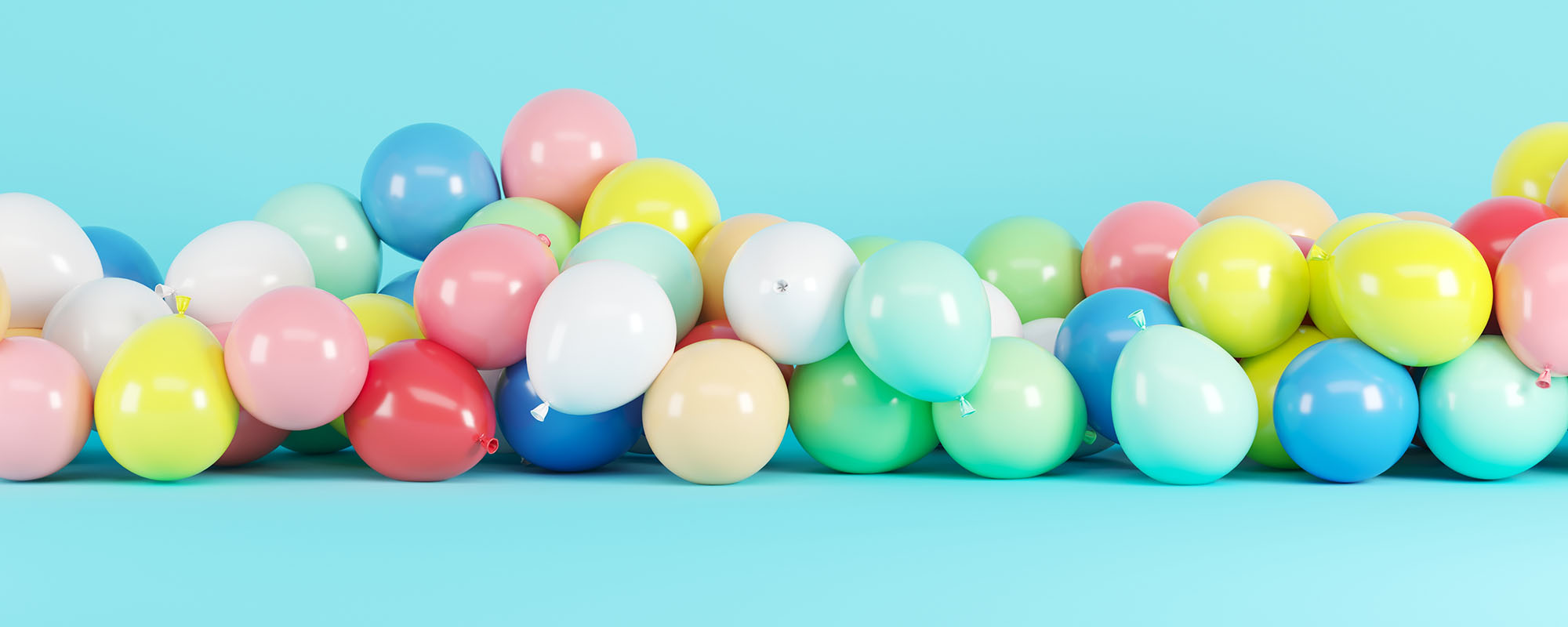Raphael Vella
Scientists consulted: Dr Mario Valentino and his team
Location: In front of the National Library, Pjazza Reġina, Republic Street
Sponsor: Nexos Lighting Technology
Cortex makes us reflect about the different physical and behavioural factors that make humans similar to other animals that have often been perceived to be ‘inferior’. It is a transparent sculpture made of twelve thin, acetate sheets that look like a human brain, but is actually composed of twelve mammalian brain slices: from domestic animals like goats and horses to the Rhesus monkey and a Californian sea lion.
A slice of the human brain is also included, but which one is it? What, indeed, makes the human being stand out among fellow creatures in the world? And what makes us similar to other animals?
Part of Science in the City, Malta’s Science and Arts Festival
For more stories click here




Comments are closed for this article!